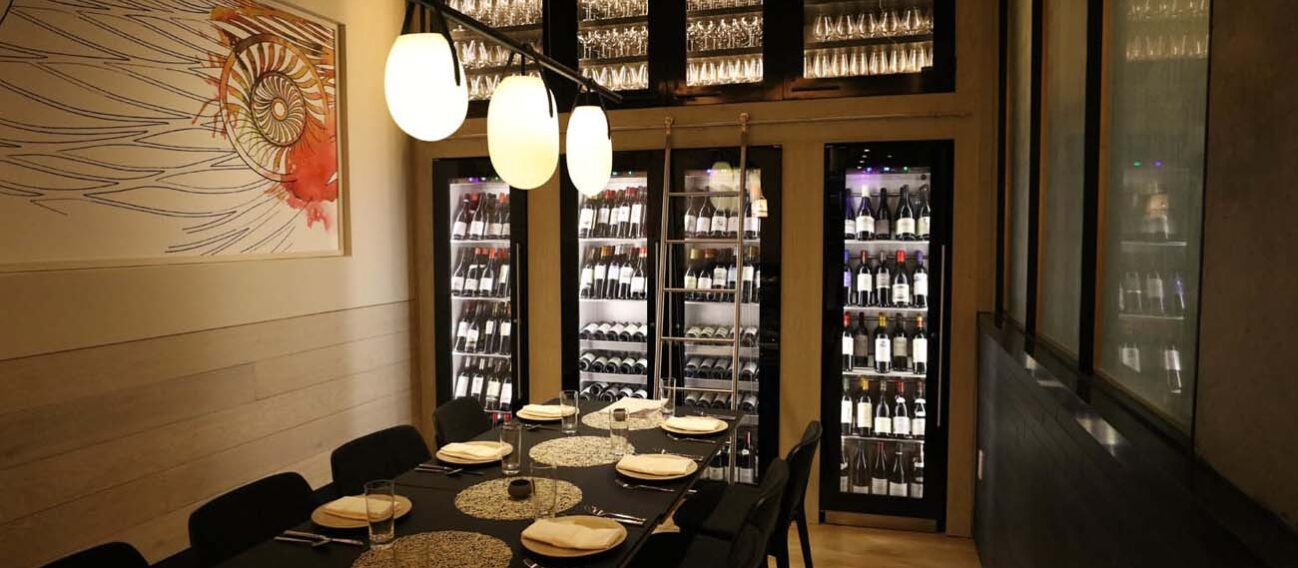Bring Your Restaurant to Life With Lighting Design
Let us look at two separate vital facts about the hospitality environment. First, we must understand that these environments are unique, and second, they are designed to give a memorable experience for their guests. The five senses humans use to react within the space around them are sight, hearing, smell, touch, and taste. I will look closer at sight and how quality lighting can affect how we interact with the illuminated environment.
The intensity of the light source can draw attention to objects in a space by changing illumination level intensities; these light levels are measured in footcandles. Today’s superior quality lighting controls are vital tools for the lighting partitioner to create the atmosphere of the space. With the ability to set groups of luminaires to illumination zones, the ability to change and make the visual appearance of a space is almost endless for the end user. With this creativity, the end user can create the visual needs of customers and then change its appearance after the event is over to meet the needs of the next event. Many linear and track lighting luminaires and the LED lamp source can give you unlimited beam control. The focus of the light source beam “accenting” from a narrow spot to a wide flood can direct the viewer’s attention to objects within the space. Wall washing and grazing lighting techniques can bring out textures of varied materials by creating shadows on textured surfaces or smoothing out wall surfaces for a more even appearance. These lighting techniques add to the ability to change the space’s visual look and give a wide variety of atmosphere looks working with the visual sense.
Today’s illumination sources have changed significantly in the last 25 years, from incandescent and fluorescent sources to energy-saving, dimmable, and color-changing LEDs. However, understanding two essential illuminations has not changed: the ability to control the perception of white color temperature (Kelvin) and the quality of white light (CRI – color rendering index). The ability to affect the warmth or coolness of a white light source and the quality of the white light is critical to the visual environment of the hospitality environment and those engaged in the space. A warm light source will make a space more inviting, relaxing, and welcoming. It will enhance wood tones to be richer in color, enhance orange, reds, and red-violet color objects, and, most importantly, make human skin tones look healthier. It will make that medium rare filet mignon look even more appetizing after that first cut and create the visual warmth of candlelight in the space.
As we cool the white light source, we affect the illuminated environment’s green, blue, and blue-violet colors. Marble and granite will appear cooler. Crystal, glassware, and silver utensils will sparkle. Be careful; using cooler white light sources in the wrong setting can make skin look anemic, and restroom mirror areas should be neutral in CRI. Color rendering is the quality of lighting that affects how true the reds, blues, and greens appear. The higher color rending can visually make food more appetizing, flowers on the table look fresher, artwork and murals on the walls come alive, and it improves human visual acuity of the details in the space.
Lighting can also influence how long a person may stay in each space. The more you improve the lighting quality in the space, the more your consumers will want to stay and enjoy their visual surroundings. Luxury hotels, meeting spaces, banquet halls, fine dining establishments, and high-end boutique stores understand that Lighting differentiates their spaces from the competition. Today’s LED luminaires have made significant improvements in helping these spaces improve their sales, significantly increase the experience of their guests, and save substantial energy costs.







